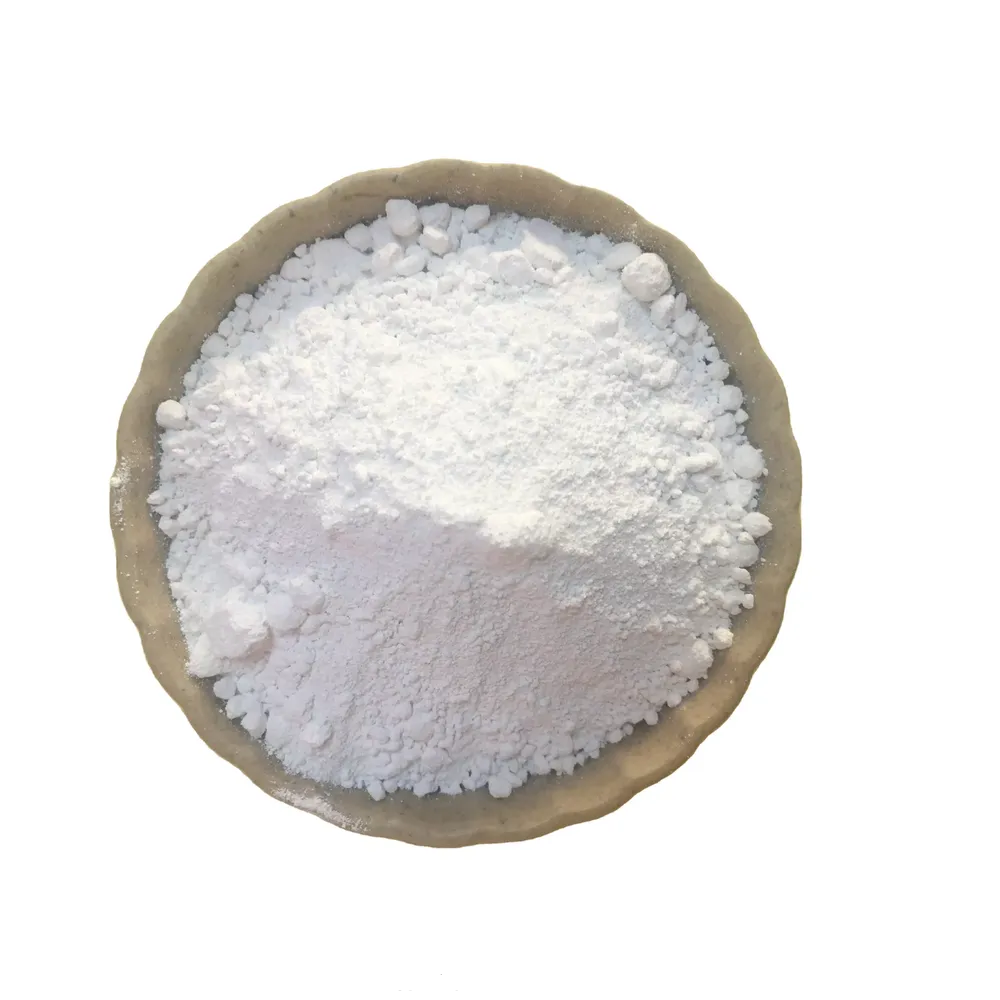
Jul . 31, 2024 15:09 Back to list
Exploring the Properties and Applications of Titanium Dioxide CAS 13463-67-7 in Various Industries
The Importance of Titanium Dioxide A Closer Look at CAS 13463-67-7
Titanium dioxide, known by its Chemical Abstracts Service (CAS) registry number 13463-67-7, is a widely utilized compound in various industries due to its unique properties and versatility. With its bright white color and exceptional opacity, titanium dioxide has become an essential ingredient in paints, coatings, plastics, paper, and numerous personal care products. This article aims to explore the significance of titanium dioxide, its applications, benefits, and the ongoing discussions surrounding its safety and environmental impact.
Properties and Applications
Titanium dioxide (TiO2) is a naturally occurring mineral that is extracted mainly from ilmenite and rutile. It is renowned for its high refractive index and strong UV resistance, which makes it an ideal pigment for a range of products. The compound is most famously used in paints and coatings where it provides excellent coverage and brightness, contributing to the durability and aesthetic appeal of the final product. In this capacity, TiO2 is critical for both residential and industrial applications, including automotive coatings and architectural finishes.
Beyond the realm of paint, titanium dioxide is also widely incorporated into the manufacture of plastics, where it is utilized to enhance whiteness and opacity. In the paper industry, TiO2 plays a crucial role in improving brightness and printability. Additionally, it is found in a variety of personal care products, such as sunscreens and cosmetics, owing to its ability to effectively block UV radiation. It is also used in food products as a whitening agent.
Environmental and Health Considerations
china cas 13463-67-7 titanium dioxide

While the benefits of titanium dioxide are clear, the safety and environmental impacts of its use have been topics of significant discussion. Regulatory bodies in various countries are reviewing the implications of TiO2, particularly in its nanoparticle form. Concerns regarding potential respiratory risks and environmental toxicity, especially concerning its production and disposal, have prompted further research.
In 2020, the European Union classified titanium dioxide as a suspected carcinogen when inhaled in powder form, leading to stricter regulations for its use in certain applications. However, the vast majority of TiO2 used in paints, coatings, and other products does not pose significant inhalation risks, as these products are usually applied in forms that minimize exposure. Ongoing studies are aiming to establish clearer guidelines and safety measures for its use.
Future Prospects
The market for titanium dioxide is expected to grow steadily, driven by increased demand in emerging economies and expanding applications, particularly in the field of renewable energy. For example, TiO2 has shown promise in photocatalysis applications, where it is used to create antifogging and self-cleaning surfaces, as well as in solar energy conversion. Research is also ongoing into safer and more sustainable methods of producing titanium dioxide, including the exploration of more environmentally friendly extraction techniques.
In conclusion, while Titanium dioxide (CAS 13463-67-7) is an indispensable compound in many industries due to its unique properties and diverse applications, it is essential to continue monitoring its safety and environmental implications. As research progresses, finding a balance between its benefits and potential risks will be crucial in ensuring that titanium dioxide remains a valuable resource in our rapidly evolving world.
-
Premium 6618 Titanium Dioxide for GPT-4 Turbo Applications
NewsJul.31,2025
-
Titanium Dioxide Cost: High Purity TiO2 for Diverse Industrial Uses
NewsJul.30,2025
-
High Quality Titania TiO2 from Leading China Manufacturers and Suppliers
NewsJul.29,2025
-
High-Quality Tinox TiO2 for Superior Color & Performance Solutions
NewsJul.29,2025
-
High Quality Titania TiO2 from Leading China Supplier & Manufacturer
NewsJul.29,2025
-
High-Performance r6618 TiO2 for Superior Whitening and Versatility
NewsJul.28,2025
